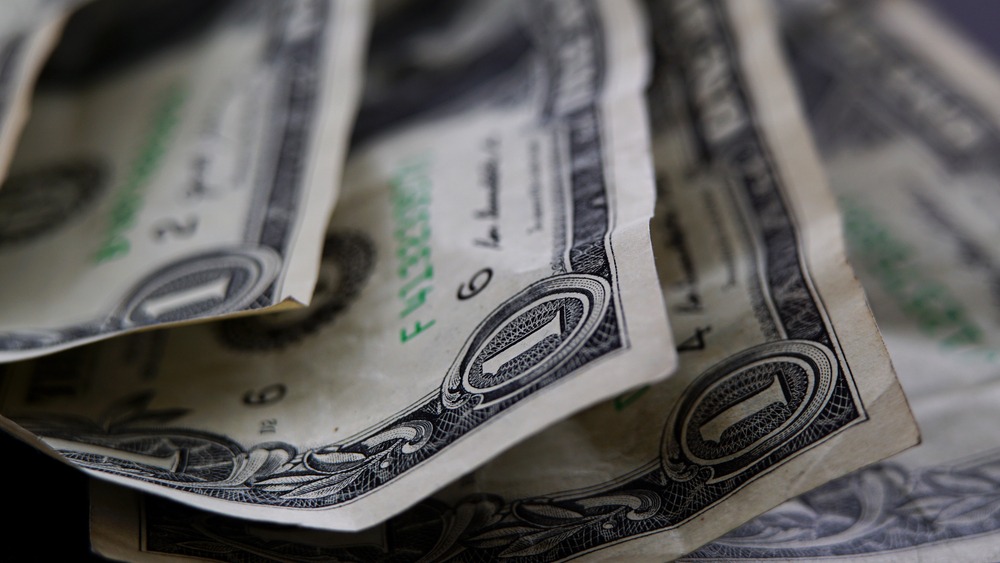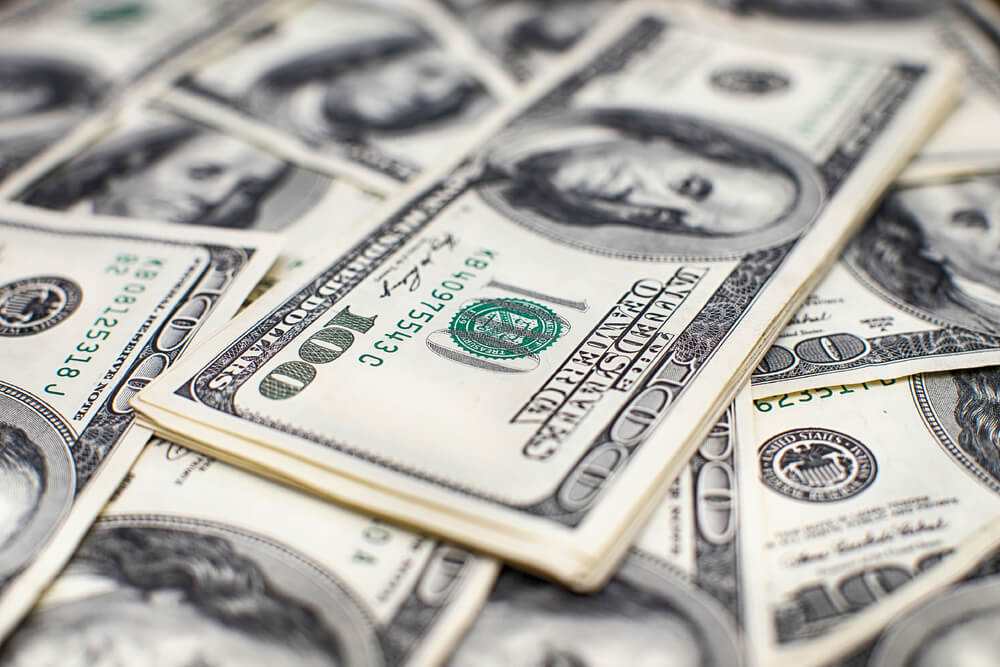The dollar struggled for a week, Tuesday, while a U.S. Treasury yields overnight slide raised doubts on the greenback outlook.
This is in terms of the dollar outlook against the backdrop of a looming U.S. fiscal stimulus package.
Investors have lifted the dollar recently as Democrats moved to fast-track President Joe Biden’s $1.9 trillion COVID-19 relief package. Massive fiscal spending combined with continued ultra-easy Federal Reserve monetary policy will ultimately prove to be a dollar headwind. This was according to some analysts.
Kenneth Broux, a Societe Generale strategist in London said there has been an impressive pullback in U.S. Treasury yields overnight. This is causing the broad-based dollar weakness before the bond auctions this week, Broux said.
During Monday’s trading, ten-year U.S. Treasury yields rose to near March 2020 highs. Investors bet on a broader reflationary theme in the financial markets. However, it has slipped back to 1.16%, down 4 bps from the overnight highs.
On Tuesday, familiar doubts were raised among investors. Some traders are saying the fresh fiscal stimulus will weigh on the currency in the coming months. In addition, record low U.S. interest rates will also weigh on the dollar.
Whereas until recently the prospect of fiscal support caused positive reactions on the markets, Commerzbank strategists said. The market no longer seems to be entirely certain about that any longer, they added.
In London trading, the dollar index was 0.5% lower at 90.50, its lowest level since Feb. 1.
On Friday, disappointing U.S. jobs data knocked the wind out of a two-week run. It had lifted the dollar to a more than two-month high of 91.6.
Bitcoin
Cryptocurrencies are the biggest beneficiary of the weakening dollar. Bitcoin rocketed above $48,000, building on a nearly 20% surge overnight. This was after Tesla Inc announced a $1.5 billion investment in the digital asset.
Another major beneficiary of the weak dollar trend is the yen. The Japanese unit rose 0.5% against the U.S. dollar to 104.69 yen.
The Japanese currency has become increasingly correlated with outright yields than an indicator of broad risk sentiment. Since the final quarter of 2020, a 90-day rolling correlation between yen and U.S. yields has strengthened considerably.
Furthermore, the euro rose 0.5% to $1.2099 on Tuesday. This was up from a two-month low of $1.1952 touched on Friday.
Since May 2018, the British pound revisited its highs climbing to $1.3784 in Asia. The pound last traded up 0.3% at $1.3774.
















